Mining images from mass media, advertising and entertainment since the late 1970s, Richard Prince has redefined the concepts of authorship, ownership, and aura. Applying his understanding of the complex transactions of representation to the making of art, he evolved a unique signature filled with echoes of other signatures yet that is unquestionably his own. An avid collector and perceptive chronicler of American subcultures and vernaculars and their role in the construction of American identity, he has probed the depths of racism, sexism, and psychosis in mainstream humor; the mythical status of cowboys, bikers, customized cars, and celebrities; and most recently, the push–pull allure of pulp fiction and soft porn, producing such unlikely icons as the highly coveted Nurse paintings.
Richard Prince was born in 1949 in the Panama Canal Zone. Prince’s work has been the subject of major solo exhibitions, including the Whitney Museum of American Art, New York (1992); San Francisco Museum of Modern Art, California (1993); “Fotos, Schilderijen, Objecten,” Museum Boymans–Van Beuningen, Rotterdam (1993); Haus der Kunst / Süddeutsche Zeitung, Munich (1996); Museum Haus Lange / Museum Haus Esters, Germany (1997); “4×4,” MAK Center for Art and Architecture, Vienna (2000); “Upstate,” MAK Center for Art and Architecture, Schindler House, Los Angeles (2000); Museum für Gegenwartskunst, Basel (2001, traveled to Kunsthalle Zurich, Switzerland; and Kunstmuseum Wolfsburg, Germany); “American Dream, Collecting Richard Prince for 27 Years,” Rubell Family Collection, Miami (2004); “Canaries in the Coal Mine,” Astrup Fearnley Museum, Oslo (2006); “The Early Works,” Neuberger Museum of Art, New York (2007); Solomon R. Guggenheim Museum, New York (2007, traveled to Walker Art Center, Minneapolis; and Serpentine Gallery, London, through 2008); “American Prayer,” Bibliothèque nationale de France, Paris (2011); “Prince/Picasso,” Picasso Museum, Spain (2012); and “It’s a Free Concert,” Kunsthaus Bregenz, Austria (2014). Prince’s works are in the public collections of the Metropolitan Museum of Art, New York; Modern Art Museum of Fort Worth, Texas; Museum of Fine Arts Collection, Boston; Museum of Modern Art, New York; and the Victoria and Albert Museum, London.
Prince currently lives and works in New York.























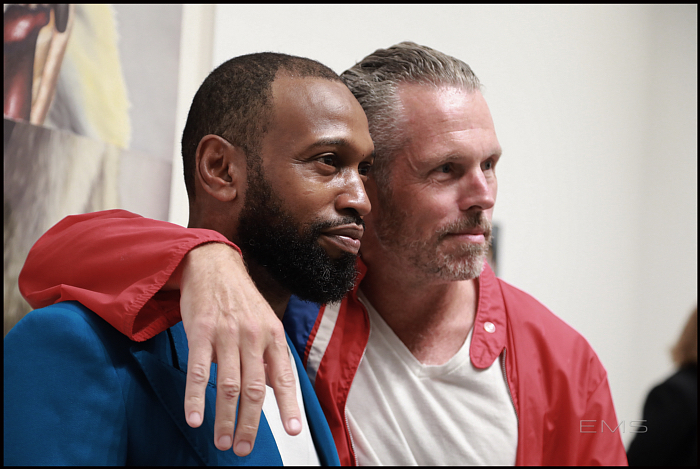
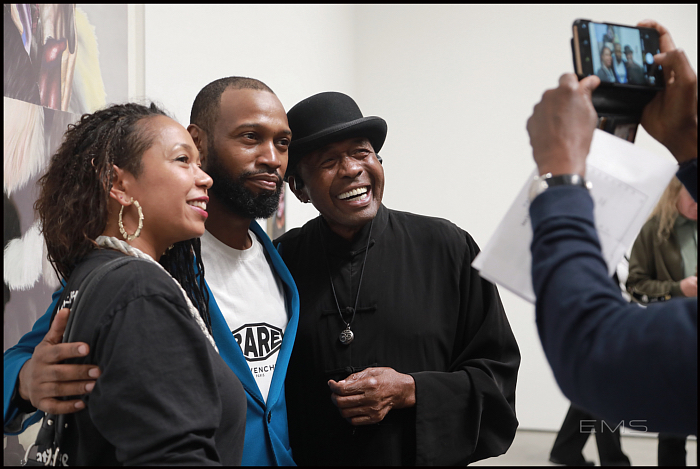



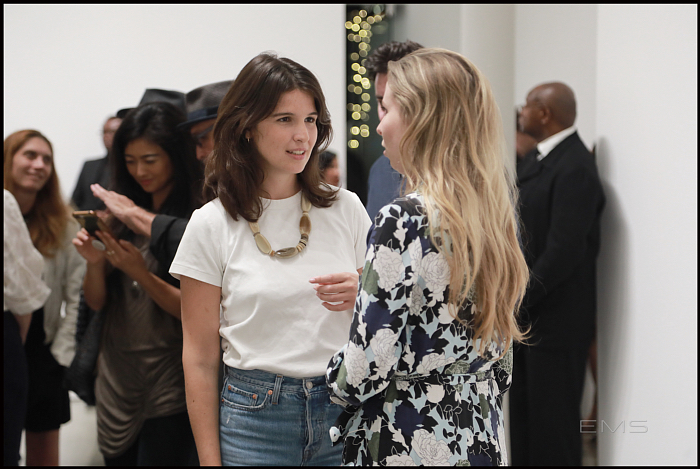





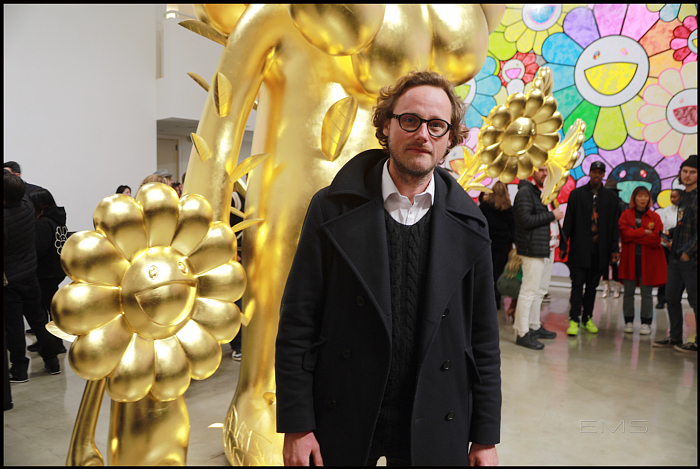




















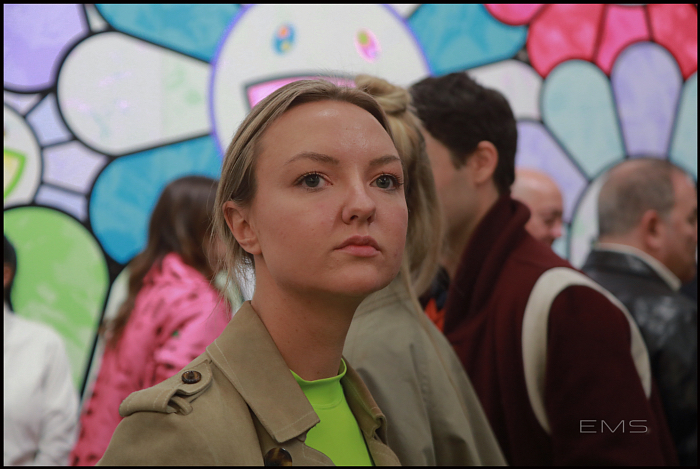

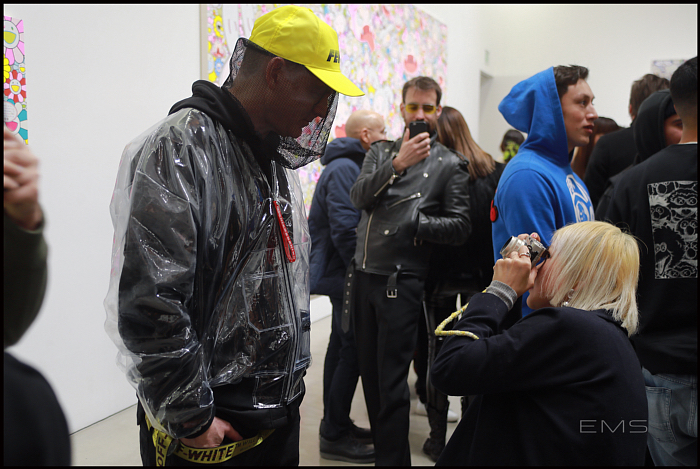





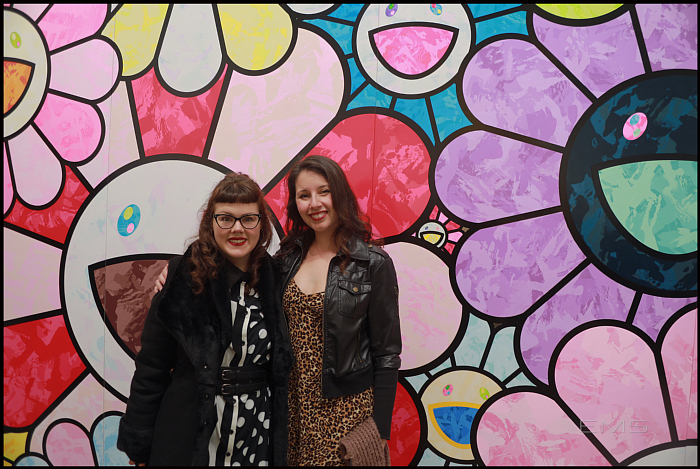











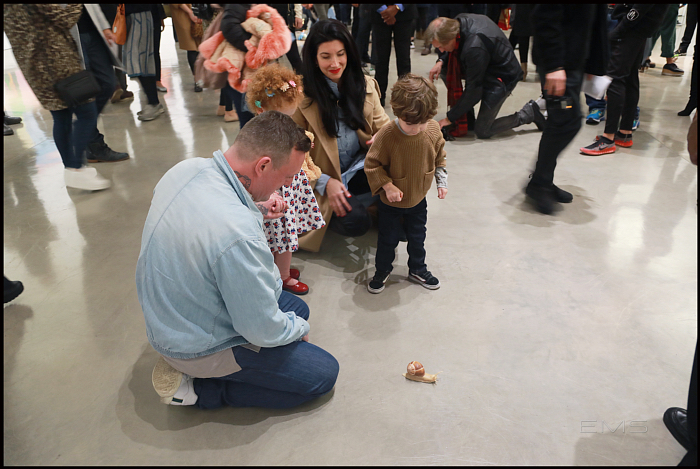




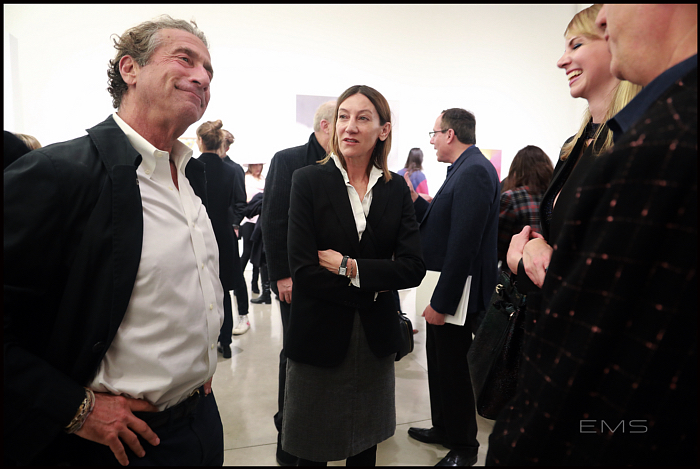




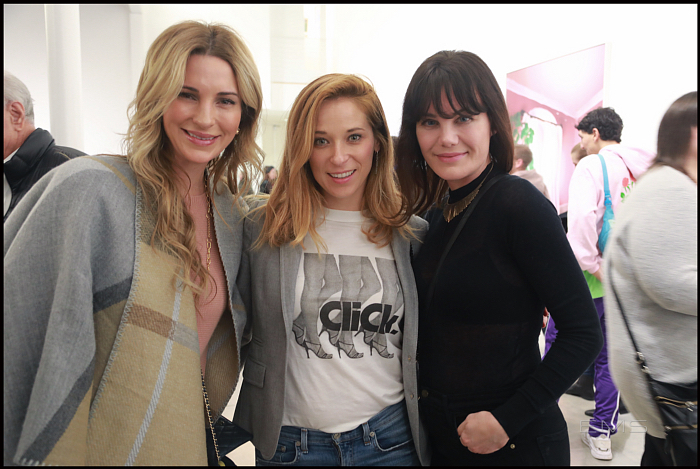


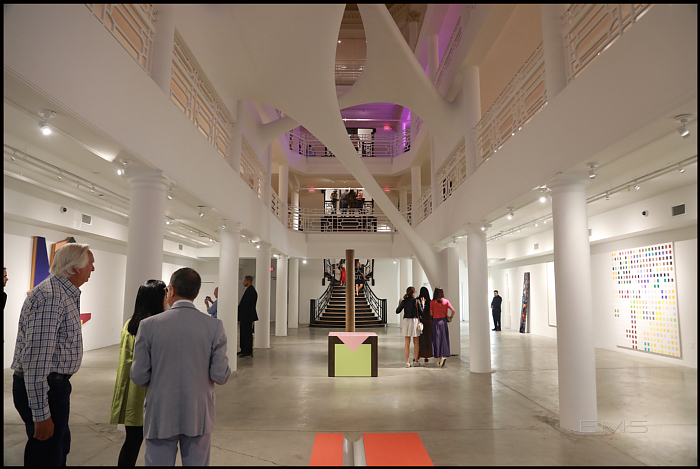


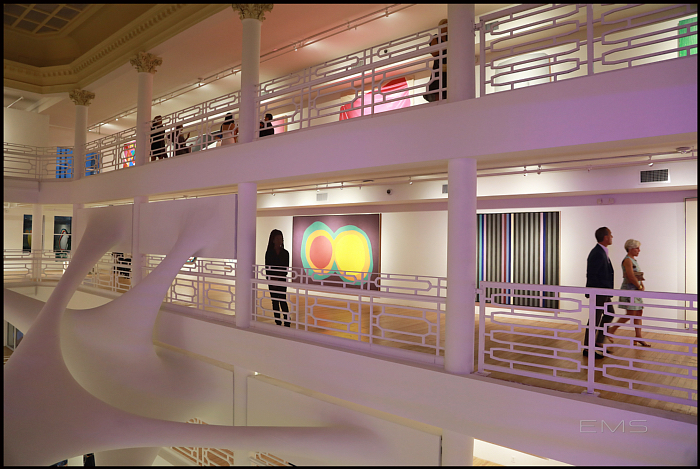







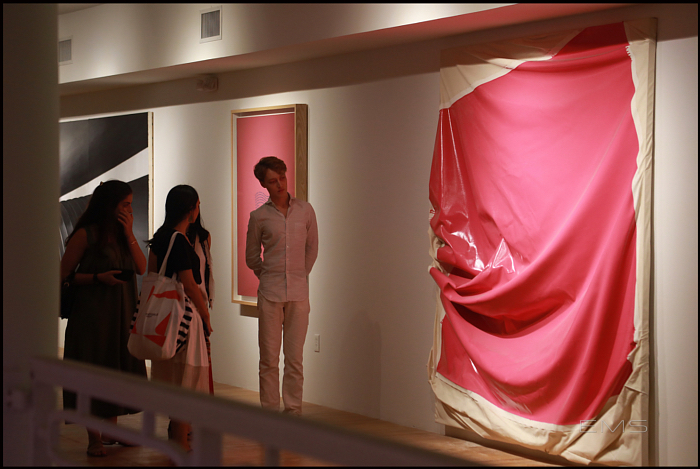











Recent Comments